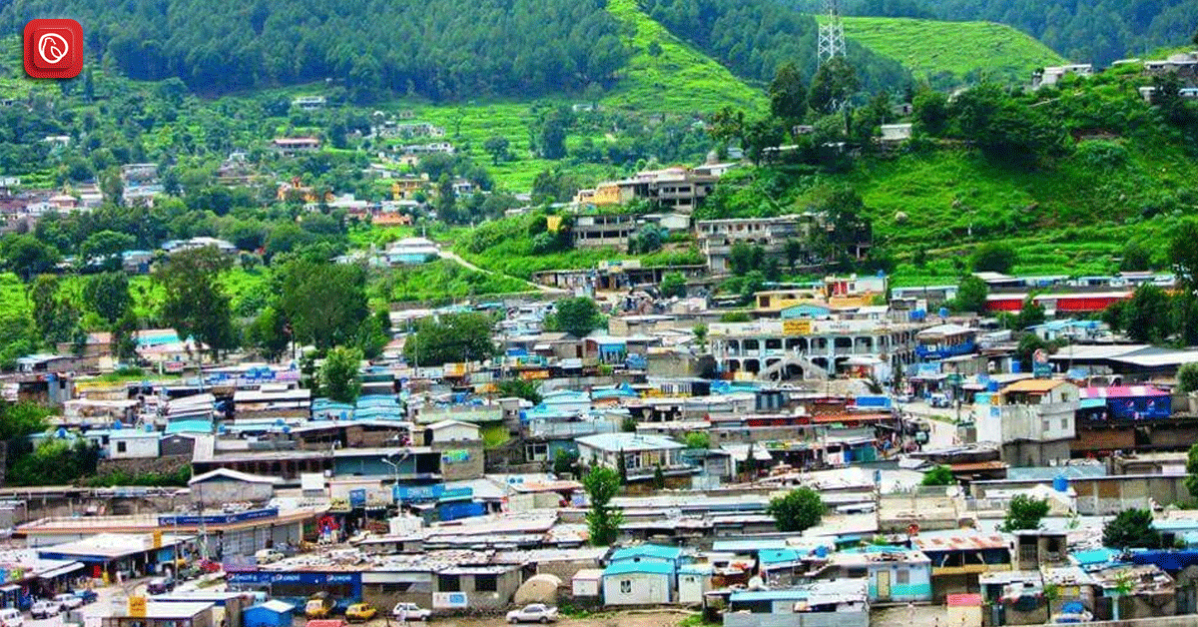Within the picturesque landscapes of Khyber Pakhtunkhwa, Pakistan, Balakot has garnered international attention, particularly in the aftermath of the 2019 airstrike. Beyond being a site of geopolitical significance, this city offers a rich history, cultural tapestry, and strategic importance that extends far beyond the recent conflict.
In this comprehensive overview, Graana.com delves into the multifaceted aspects of this place, exploring its historical roots, geographical features, cultural heritage, and the implications of the 2019 Balakot airstrike.
Historical Canvas: Echoes of the Past
The history of Khyber Pakhtunkhwa’s Balakot unfolds like a captivating narrative, with echoes of the past reverberating through its ancient structures and hallowed grounds. The town’s roots can be traced back to the early days of the Kashmir region’s settlement. It has witnessed the ebb and flow of various civilizations, each leaving an indelible mark on the city’s cultural landscape.
Colonial Connections
During the colonial era, Balakot found itself ensconced in the grand tapestry of the British Empire. The town became a vital hub for trade and commerce, fostering interactions between the British and the local populace. The echoes of this era linger in the architectural remnants that dot of the city, serving as tangible reminders of a bygone epoch.
Earthquake Tragedy of 2005
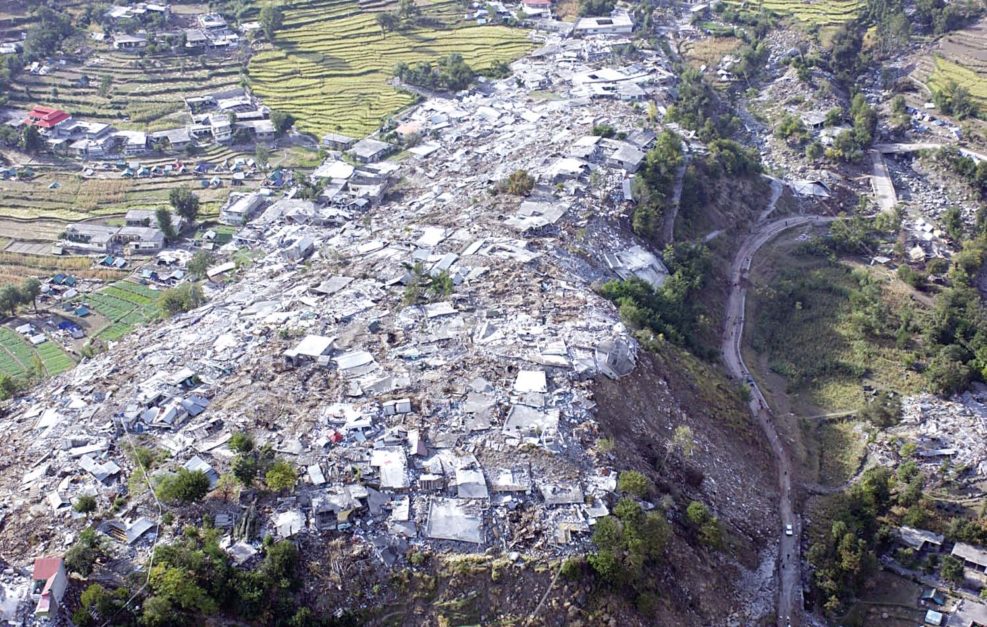
In 2005, tragedy struck Balakot when a devastating earthquake wreaked havoc on the region. The disaster left an indescribable impact on the town, reshaping its physical and social fabric. The resilience of city’s residents in the face of adversity became a testament to the human spirit’s enduring strength.
Geographical Enigma: Balakot’s Natural Splendor
Situated in the heart of Khyber Pakhtunkhwa, Balakot is cradled by the breathtaking vistas of the Himalayan foothills. Its geographic location not only contributes to the town’s scenic allure but also plays a pivotal role in its strategic importance. The meandering Kunhar River, with its crystal-clear waters, adds to the town’s natural charm.
Himalayan Gateway
The city’s positioning at the crossroads of the Himalayan range has rendered it a strategic gateway throughout history. The town’s proximity to the Line of Control (LoC) and its accessibility through mountainous terrain have elevated its geopolitical significance. This strategic location came to the forefront during the 2019 Balakot airstrike, thrusting the town into global headlines.
Cultural Mosaic
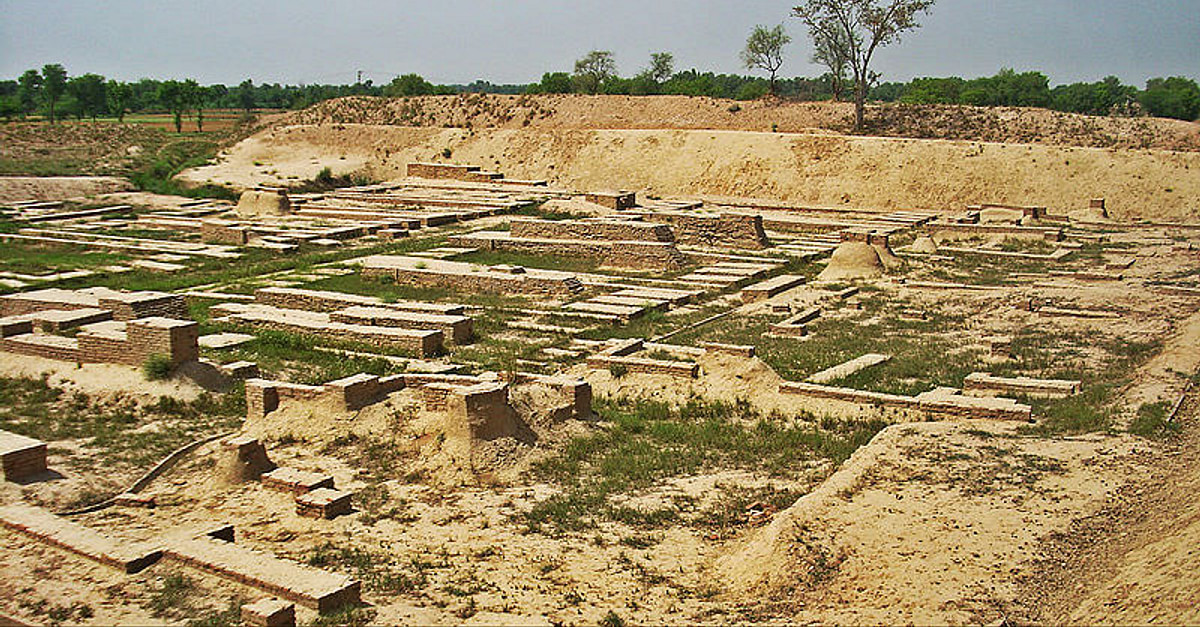
Balakot boasts a cultural identity akin to a vibrant mosaic, intricately woven from the threads of diverse communities residing within the town. This convergence of various ethnicities and traditions forms a tapestry of cultural richness, distinctly defining the city’s unique character.
One notable aspect contributing to Balakot’s popularity is its historical significance as one of Pakistan’s oldest recorded coastal sites. This places it in league with renowned civilizations like Harappa and Mohenjodaro. Such ancient influence continues to resonate through the town’s residents, preserving traditions and customs that have endured over time.
Local Traditions
Furthermore, the people of this land celebrate a plethora of festivals, reflecting the diversity of their cultural heritage. These celebrations provide a glimpse into the traditional practices and customs that have been passed down through generations, fostering a sense of community and shared identity.
Heritage and Landmarks
Here are some important landmarks in Balakot
Mosques and Temples: Icons of Coexistence
This land stands as a testament to religious diversity through its iconic mosques and temples, harmoniously coexisting within the community. The architectural marvels not only showcase the rich heritage of the region but also symbolize the spirit of unity among its people, irrespective of religious affiliations.
Tourist Gems of Balakot
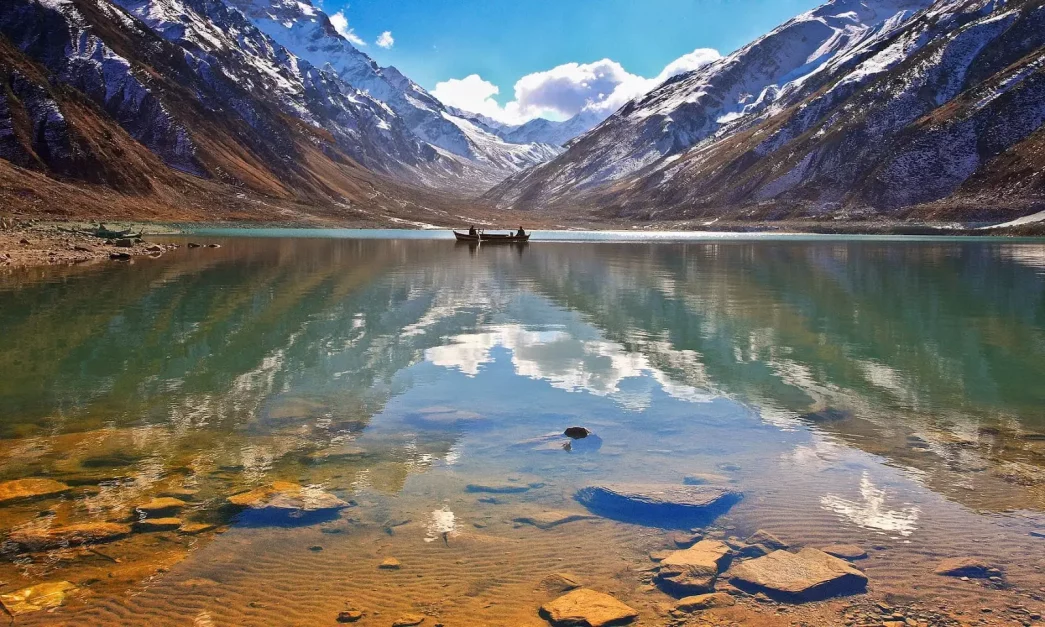
Saif Ul Malooq Jheel: A Mountainous Marvel
Amidst the towering peaks, Saif Ul Malooq Jheel, also known as Saiful Muluk Lake, captivates visitors with its stunning beauty. Situated at a considerable elevation, the lake offers a mesmerizing panorama, accessible through various routes that pose different challenges based on the season. Its geological formation and historical significance add layers to its allure, making it a must-visit destination for nature enthusiasts.
Lalazar
Lalazar, with its serene surroundings and elevated vantage point, serves as a tranquil retreat for tourists seeking respite from the bustling city life. As a popular tourist destination in the upper Kaghan Valley of Mansehra District, Lalazar offers panoramic views that leave visitors spellbound, immersing them in the breathtaking beauty of nature.
Lulusar: Peaks, Lakes, and National Park
Lulusar Lake, the pristine jewel atop the Kunhar River, stands as a testament to the natural splendor of the region. Surrounding it, the Lulusar-Dodipat National Park provides a sanctuary for diverse flora and fauna. This place highlights the importance of conservation efforts in preserving the region’s ecological balance while ensuring accessibility for eager tourists.
Dudipatsar Lake: Enchanting White Peaks
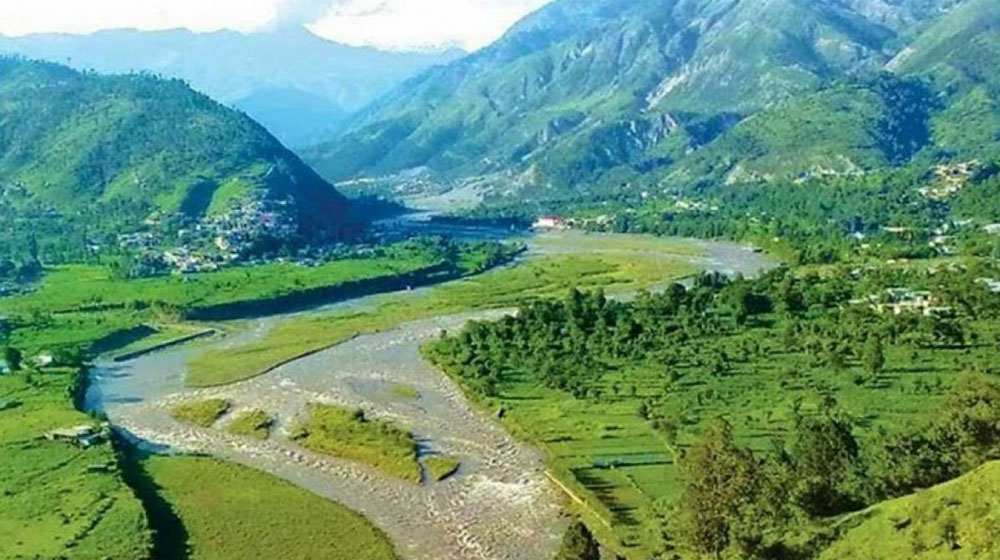
Dudipatsar Lake, nestled within the enchanting confines of Lulusar-Dudipatsar National Park, exudes a mystical charm with its crystalline waters and surrounding white peaks. The lake, whose name translates to “White Mountains Lake,” alludes to its unique features, inviting visitors to immerse themselves in its serene ambiance.
Kwai Waterfall
Kiwai Waterfall near Balakot stands as a natural gem, drawing tourists with its cascading beauty and the allure of Kiwai village in Mansehra District. The journey to the waterfall serves as a popular tourist route, contributing to the tourism sector’s growth and Pakistan’s economy, with government initiatives further enhancing its accessibility and appeal.
The city’s diverse heritage and natural wonders stand as testaments to its rich history and ecological significance. Understanding and exploring these tourist spots not only enriches the travel experience but also fosters appreciation for the beauty and cultural richness of this place. Therefore, I invite everyone to embark on a journey of discovery, to explore and marvel at the hidden treasures of this enchanting region.
Balakot Weather
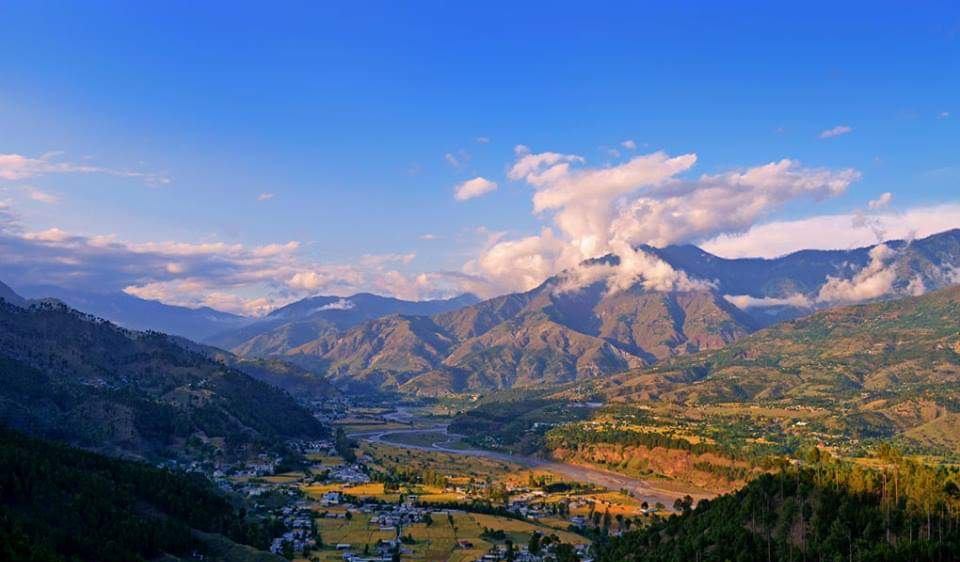
Balakot’s climate is warm and temperate, falling under the Cfb classification by the Köppen-Geiger system. The area experiences significant precipitation throughout the year, even during the typically arid months.
With an average annual temperature of 9.4 °C | 48.9 °F, Balakot sees an annual rainfall of approximately 1238 mm | 48.7 inches. Situated in the northern hemisphere, the summer season in this city spans from late June to September.
This period is marked by a sequence of months, namely June, July, August, and September, where temperatures rise, creating a pleasant and mild climate. The combination of moderate temperatures and consistent rainfall contributes to the lush greenery that characterizes Balakot, making it an appealing destination for those seeking natural beauty and a comfortable climate.
Strategic Significance: Balakot in the Crosshairs
The tranquillity of this land was abruptly shattered in 2019 when it became the focal point of a geopolitical maelstrom. The Balakot airstrike, conducted by the Indian Air Force, brought the town into the international spotlight, raising questions about its strategic relevance and the ensuing aftermath.
The 2019 Balakot Airstrike: A Prelude to Conflict
The 2019 Balakot airstrike was a watershed moment, marking the first instance since the 1971 War that Indian aircraft carried out an airstrike on Pakistani soil. The Indian Air Force targeted a JeM terrorist camp in response to the Pulwama attack. The strike, however, sparked a tit-for-tat escalation between India and Pakistan.
Military Implications: Balakot’s Geopolitical Ramifications
The strategic implications of the Balakot airstrike are deeply rooted in the geopolitical dynamics of the South Asian region. India’s assertion of limited military force challenged the conventional wisdom that any conflict would inevitably escalate to the nuclear domain. The aftermath of the strike saw both India and Pakistan claiming victory, each drawing distinct lessons from the crisis.
Balakot Beyond the Headlines: Ground Realities
Beyond the geopolitical theatrics, Balakot remains a town with a resilient spirit and a community that strives to rebuild and move forward. The town’s current state reflects the complex interplay between its historical legacy, natural beauty, and the challenges it has faced over the years.
Post-Earthquake Reconstruction: Rebuilding Lives
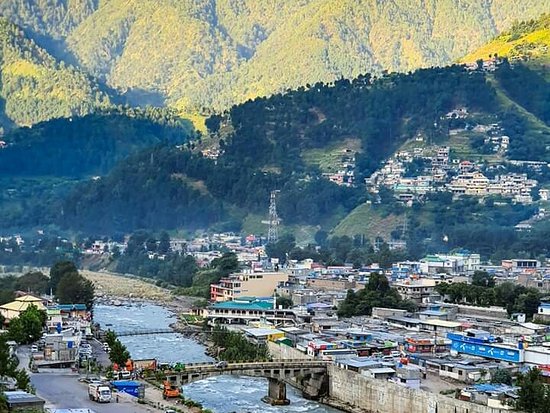
The aftermath of the 2005 earthquake presented Balakot with the formidable task of reconstruction. All in all, efforts were undertaken to rebuild not just the physical infrastructure but also to mend the social fabric that binds the community together. The scars of the earthquake are still visible, but Balakot stands as a testament to the indomitable human spirit.
Local Initiatives: Nurturing Growth
Balakot’s journey toward recovery involves a myriad of local initiatives aimed at fostering sustainable development. From educational endeavours to economic empowerment projects, the community actively engages in initiatives that lay the foundation for a brighter future.
Looking Ahead: Balakot’s Future
As Balakot navigates the complex interplay of its historical legacy, strategic importance, and the challenges posed by natural disasters and geopolitical events, the town stands at a crossroads. The resilience of its people, the richness of its cultural heritage, and the echoes of its history converge to shape the trajectory of Balakot’s future.
Global Implications: Balakot’s Role in Regional Stability
The global community continues to monitor developments in Balakot, mindful of its implications for regional stability. The lessons learned from the 2019 Balakot crisis echo beyond the borders of South Asia, influencing perceptions of limited military force and the delicate balance between conventional superiority and nuclear deterrence.
Community Resilience: A Beacon of Hope

Balakot’s story is not just one of conflict and geopolitical manoeuvring. It is a narrative of resilience, community strength, and the enduring human spirit. The town serves as a beacon of hope, demonstrating that even in the face of adversity, communities can rise, rebuild, and chart a course toward a better future.
Conclusion
Balakot, with its multifaceted identity, emerges from the shadows of geopolitical turmoil as a town steeped in history and enriched by cultural diversity. The events of 2019 may have etched a new chapter in Balakot’s narrative, but they do not define its essence.
As the town looks to the future, the echoes of its past, the resilience of its people, and the strategic crossroads at which it stands converge to shape a story that extends far beyond the headlines. Balakot remains an enigma, inviting exploration, understanding, and a nuanced appreciation of its significance in the broader tapestry of South Asian history and geopolitics.
Frequently Asked Question
Here are some frequently asked questions about Balakot
What is the significance of Balakot in South Asian history?
Explore the historical importance of Balakot and its role in shaping the cultural and geopolitical landscape of the region.
Can you provide an overview of Balakot’s cultural diversity?
Learn about the rich tapestry of cultures that coexist in Balakot, reflected in its traditions, festivals, and architectural heritage.
How did the 2019 Balakot airstrike impact the town?
Understand the aftermath and implications of the 2019 Balakot airstrike, including its strategic and geopolitical ramifications.
What is the current state of Balakot post the 2005 earthquake?
Explore the challenges and efforts in the reconstruction of Balakot after the devastating earthquake of 2005.
How has Balakot’s geography contributed to its strategic importance?
Delve into the geographical features that make Balakot strategically significant, especially in relation to the Line of Control.
What lessons were learned from the 2019 Balakot crisis?
Gain insights into the lessons drawn by India and Pakistan from the Balakot crisis, impacting their military and diplomatic strategies.
What initiatives are being undertaken for Balakot’s sustainable development?
Learn about local projects and initiatives aimed at fostering sustainable development in Balakot, from education to economic empowerment.
How has the international community responded to developments in Balakot?
Understand the global implications and responses to events in Balakot, considering its role in regional stability.
What is the role of Balakot in the context of the Kashmir region?
Explore Balakot’s historical connections to the Kashmir region and its influence on broader geopolitical dynamics.
How do local traditions and festivals contribute to Balakot’s cultural identity?
Discover the vibrant local traditions, celebrations, and festivals that define the cultural mosaic of Balakot.
Are there ongoing tensions in Balakot post-2019?
Examine the current state of affairs in Balakot and any lingering tensions or stability in the region.
What is the Balakot “No War, No Peace” paradigm?
The concept behind this paradigm says that minor levels of violence continued over a longer period leads to larger conflicts.
How has Balakot adapted to the geopolitical shifts in the region?
Explore how Balakot has navigated and adapted to changes in the geopolitical landscape, especially considering great power rivalries.
What is the role of the Himalayan range in Balakot’s history and identity?
Learn about the strategic importance and symbolic significance of Balakot’s proximity to the Himalayan range.
Can you elaborate on the architectural heritage of Balakot, including mosques and temples?
Dive into the architectural landscape of Balakot, exploring the coexistence of mosques and temples as symbols of religious diversity.
If you want to know more about Balakot hotels, visit Graana blog.
